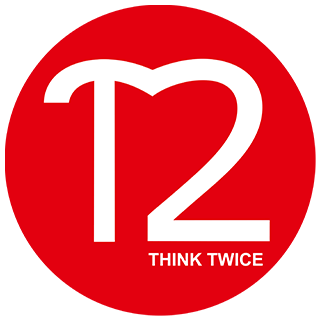Your cart
There are no more items in your cart

Humana Baltic as an expert in textile management
European context
The management of used textiles is currently experiencing a crucial moment. European Humana People to People movement organizations have been insisting for years that time is pressing, given that in 2025 the selective collection of the selective collection will be mandatory in all municipalities, according to the Agenda of the EU.
Humana People to People Baltic is aligned with the European circular economy strategy and the European Green Deal, including the EU Strategy for Sustainable and Circular Textiles, published on the 30th of March, 2022. In this context, European Humana People to People movement organizations remain very attentive to the Next Generation EU Funds and other opportunities to achieve greater efficiency in the preparation for reuse and the development of new initiatives related to chemical and mechanical recycling.
This harmony with the EU was reflected in the visit of the European Commissioner for the Environment, Virginijus Sinkevičius, to the Humana plant in Leganés, Spain, in November 2021. Commissioner V.Sinkevičius and Humana agree that it is time to give post-consumer textiles the importance it deserves within the sustainable management of waste, taking into account that selective collection and its preparation for reuse are key to the promotion of circular economy and green employment.
Lithuanian context
Humana People to People Baltic closely follows the Unified Product, Packaging, and Waste Record Keeping Information System. The system is heterogeneous, and integrative, accommodating all types of operators and taking into account the know-how and experience of current managers, prioritizing prevention and reuse, under the waste hierarchy.
Beyond that system, another key is green and sustainable public procurement and a change of model, in which the system itself assumes the costs of sorting and managing the second-hand textile and footwear.
As a specialist in preparation for reuse, Humana People to People Baltic aims is to obtain the maximum use of textile waste, being faithful to the EU waste hierarchy.
And for this, the Sorting center of the Humana People to People Baltic considers that the manual classification of the textile, garment by garment, is essential to maximize its ability to have a second life. For the time being, there is no technology that would replace the human eye and touch when processing textiles with a criterion of reuse, promoting their circularity.
With this, 24 out of 25 garments, that pass through the Sorting Centre of the Humana People to People Baltic in Vilnius, have new life through their reuse or recycling. In 2021 there has been an increase in the percentage of processed textile destined for reuse compared to previous years, as a result of an upgrade in sorting. In addition, via incineration at the power plant, Humana People to People Baltic resumes the energy recovery of a part of the material destined for final disposal, thus advancing the desired goal of zero waste.
In the case of textiles for recycling, during the 2021 Humana movement organizations have continued to work with several trade and industry players for the identification of recycling solutions and upcycling activities.
The reuse of used textiles contributes to the reduction of CO2 emissions: for each kg of clothing recovered (and not driven for incineration or landfill) the emission of 6,1 kg of CO2 is avoided, according to a study by the Human Federation People to People. In that way, 27 600 tons of textiles recovered last year by the Humana People to People Baltic in Lithuania in the year 2021 has therefore saved the world from the emission of 170 thousand tons of CO2.

